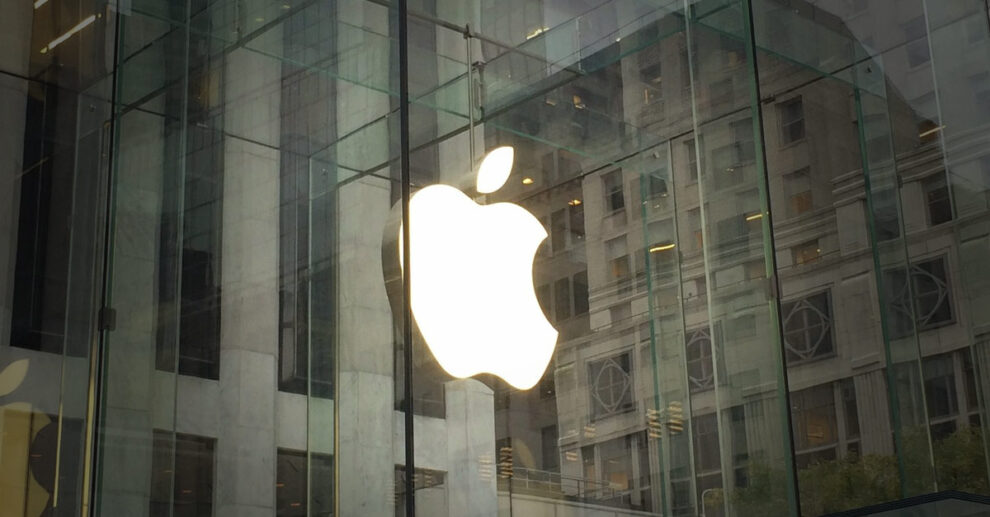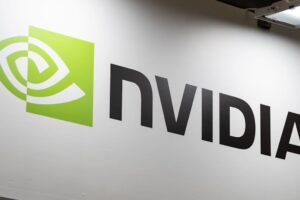
The S&P 500 is a diversified index, but a mere handful of technology stocks currently have a big influence over its performance.
There are 500 companies from 11 sectors represented in the S&P 500, making it the most diversified of the major U.S. stock market indexes.
However, the S&P 500 is weighted by market capitalization, which means the largest companies have a greater influence over its performance than the smallest. As of this writing, the following five companies have a combined market cap of $13.4 trillion, representing 27.1% of the entire value of the index:
- Apple (AAPL -0.76%) has a market cap of $3.4 trillion.
- Microsoft (MSFT -0.40%) has a market cap of $3.2 trillion.
- Nvidia (NVDA 0.22%) has a market cap of $2.8 trillion.
- Alphabet (GOOGL -1.06%) (GOOG -0.95%) has a market cap of $2 trillion.
- Amazon (AMZN 1.19%) has a market cap of $2 trillion.
The S&P 500 is up 20% so far this year. However, the S&P 500 Equal Weight Index (which assigns the same weighting to every stock regardless of its market cap) is up just 12%. The difference can be partly explained by the average gain of 42.6% in the above five stocks.
Those five companies have one thing in common right now: They are staking their near-term success on artificial intelligence (AI). Some of them are investing tens of billions of dollars in data center infrastructure alone. If they succeed in their quest for AI supremacy, they could become even more influential over the S&P 500.
1. Apple: 7.2% of the S&P 500
Apple is fresh off the launch of its iPhone 16 lineup of smartphones. The “Pro” models are fitted with Apple’s new A18 Pro chip, which was designed specifically for processing AI workloads on-device. It has enough juice to power the Apple Intelligence software that is now embedded in the latest iOS 18 operating system.
Apple Intelligence was developed in partnership with ChatGPT creator OpenAI. It introduces new “Writing Tools” that can summarize emails and text messages with a single tap, and also generate text content on command. It also learns which notifications are important to each user, so it can promote them to the top of the list. Additionally, Apple Intelligence transforms the Siri voice assistant because it now draws upon the knowledge and capabilities of ChatGPT.
The AI software will only be available to customers with the latest generation of devices (and the previous iPhone 15 Pro series). However, Apple has over 2.2 billion active devices worldwide so it could become the largest distributor of AI to consumers as they upgrade over time.
2. Microsoft: 6.71% of the S&P 500
In January 2023, Microsoft rocked the tech sector when it announced plans to invest $10 billion into OpenAI. Microsoft then launched its Copilot AI virtual assistant with the help of OpenAI’s latest models. Copilot integrates into Microsoft’s flagship software products like Windows, Edge, Bing, and Office 365 (Word, PowerPoint, Excel, and more), and is capable of answering complex questions and instantly generating content like text and images.
Microsoft’s biggest financial opportunity for Copilot is in the enterprise. Organizations around the world pay for over 400 million Office 365 seats, for example, and Microsoft charges them extra to add the AI assistant, so it could become a substantial revenue driver in the future. Speaking of the enterprise, Microsoft also operates one of the world’s largest cloud computing platforms for businesses called Azure.
Developers can access Microsoft’s most powerful data center infrastructure for developing AI through Azure, in addition to the latest large language models (LLMs) from the likes of OpenAI, which can accelerate their progress. Microsoft spent $55.7 billion on capital expenditures during fiscal 2024 (ended June 30), mostly relating to AI data centers and chips, and it plans to invest even more in fiscal 2025.
3. Nvidia: 5.92% of the S&P 500
Nvidia CEO Jensen Huang delivered the first AI supercomputer to OpenAI in 2016, and the two companies collaborated ever since. Today, every technology giant and data center operator wants Nvidia’s graphics processing units (GPUs) because they are the most powerful in the industry for processing AI workloads.
Nvidia’s flagship H100 GPU set the benchmark for the AI industry last year, but its upcoming Blackwell GPUs promise an incredible leap in performance. The Blackwell-based GB200 NVL72 system can perform AI inference at 30 times the speed of the equivalent H100 system despite each individual GPU being comparably priced, so it’s going to drive incredible cost efficiencies for developers.
Nvidia generated $26.3 billion in data center revenue during its recent fiscal 2025 second quarter (ended July 28), which was a 154% increase from the year-ago period. Red-hot GPU demand is likely to persist for at least the next year, so look for further gains in Nvidia stock from here.
4. Amazon: 3.71% of the S&P 500
Amazon.com is the world’s biggest e-commerce website, and it remains Amazon’s largest source of revenue. It’s increasingly powered by AI to deliver more accurate product recommendations, and customers can even use a virtual assistant called Rufus to find information and compare items.
But the company has expanded into a number of other areas including streaming, digital advertising, and cloud computing, and it’s weaving AI into almost all of them.
Amazon Web Services (AWS) leads the cloud computing industry. It designed its own data center chips that can reduce the cost of AI training by 50% compared to chips from suppliers like Nvidia. It also created its own family of LLMs, which developers can access through its Bedrock platform, along with other LLMs from leading AI start-ups like Anthropic. Plus, Amazon recently launched an AI virtual assistant for AWS called Q that can analyze mountains of data, debug software, and even generate computer code.
Amazon says it’s on track to spend over $60 billion on its AI aspirations this year, most of which will go toward data centers and chips. As one of the most diversified AI companies, its stock could be a great long-term bet for investors.
5. Alphabet: 3.63% of the S&P 500
Alphabet is the parent company of Google, YouTube, Waymo, and DeepMind. After initially falling behind in the AI race, Alphabet’s latest Gemini family of models can hold their own against the industry’s best. Like Microsoft, the company is embedding Gemini into its flagship software products for an extra fee, including Google Workspace, which is home to productivity apps like Gmail, Docs, Sheets, and more.
Google Search is still Alphabet’s largest source of revenue, and it’s also receiving an AI overhaul. AI Overviews launched back in May, and are text-based answers that appear at the top of the search results to save users from sifting through web pages for the information they need. Links are embedded in Overviews so the user can visit the source, and Alphabet says they get more clicks compared to if they appeared in a traditional search query. That means Overviews could become a strong driver of advertising revenue.
Alphabet stock is the cheapest in this group of five based on its price-to-earnings ratio, so it could have solid upside potential going forward.
Suzanne Frey, an executive at Alphabet, is a member of The Motley Fool’s board of directors. John Mackey, former CEO of Whole Foods Market, an Amazon subsidiary, is a member of The Motley Fool’s board of directors. Anthony Di Pizio has no position in any of the stocks mentioned. The Motley Fool has positions in and recommends Alphabet, Amazon, Apple, Microsoft, and Nvidia. The Motley Fool recommends the following options: long January 2026 $395 calls on Microsoft and short January 2026 $405 calls on Microsoft. The Motley Fool has a disclosure policy.





